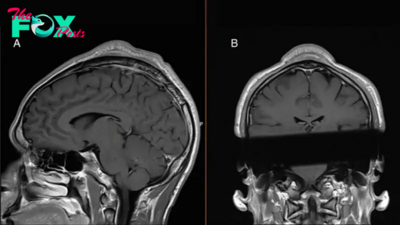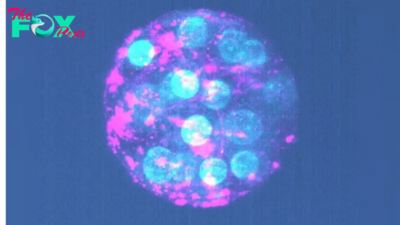Health
'We can't answer these questions': Neuroscientist Kenneth Kosik on whether lab-grown brains will achieve consciousness
Brain organoids are 3D, lab-grown models designed to mimic the human brain. Scientists normally grow them from stem cells, coaxing them into forming a brain-like structure. In the past decade, they have become increasingly sophisticated and can now replicate multiple types of brain cells, which can communicate with one another.
This has led some scientists to question whether brain organoids could ever achieve consciousness. Kenneth Kosik, a neuroscientist at the University of California, Santa Barbara, recently explored that possibility in a perspective article. Live Science spoke with Kosik about how brain organoids are made, how similar they are to human brains and why he believes that brain organoid consciousness is not likely anytime soon.
Related: In a 1st, 'minibrains' grown from fetal brain tissue
EC: What are brain organoids, and how do scientists make them?
Kenneth Kosik: A brain organoid is made from stem cells. You can take any person and convert their, say, skin fibroblasts into stem cells, and then differentiate them into neurons. It's what stem cells are all about — stem cells are called "pluripotent" because they can make any cell in the body.
We spent a fair amount of time before organoid technology came along, taking human-induced pluripotent stem cells and inducing them in a two-dimensional array to look at neuronal differentiation.
So that takes us halfway there. But it only gets us as far as two dimensions. And then the big insight, which came from Yoshiki Sasai in Japan and Madeline Lancaster, was to take these neurons that were beginning to differentiate — cells relatively early in development — and put them in a drop of what's called Matrigel — a gel that can be either a liquid or a solid depending on the temperature.
-

 Health10h ago
Health10h agoThe Surprising Benefits of Talking Out Loud to Yourself
-

 Health12h ago
Health12h agoDoctor’s bills often come with sticker shock for patients − but health insurance could be reinvented to provide costs upfront
-

 Health18h ago
Health18h agoHow Colorado is trying to make the High Line Canal a place for everyone — not just the wealthy
-

 Health1d ago
Health1d agoWhat an HPV Diagnosis Really Means
-

 Health1d ago
Health1d agoThere’s an E. Coli Outbreak in Organic Carrots
-

 Health2d ago
Health2d agoCOVID-19’s Surprising Effect on Cancer
-

 Health2d ago
Health2d agoColorado’s pioneering psychedelic program gets final tweaks as state plans to launch next year
-

 Health3d ago
Health3d agoWhat to Know About How Lupus Affects Weight


























